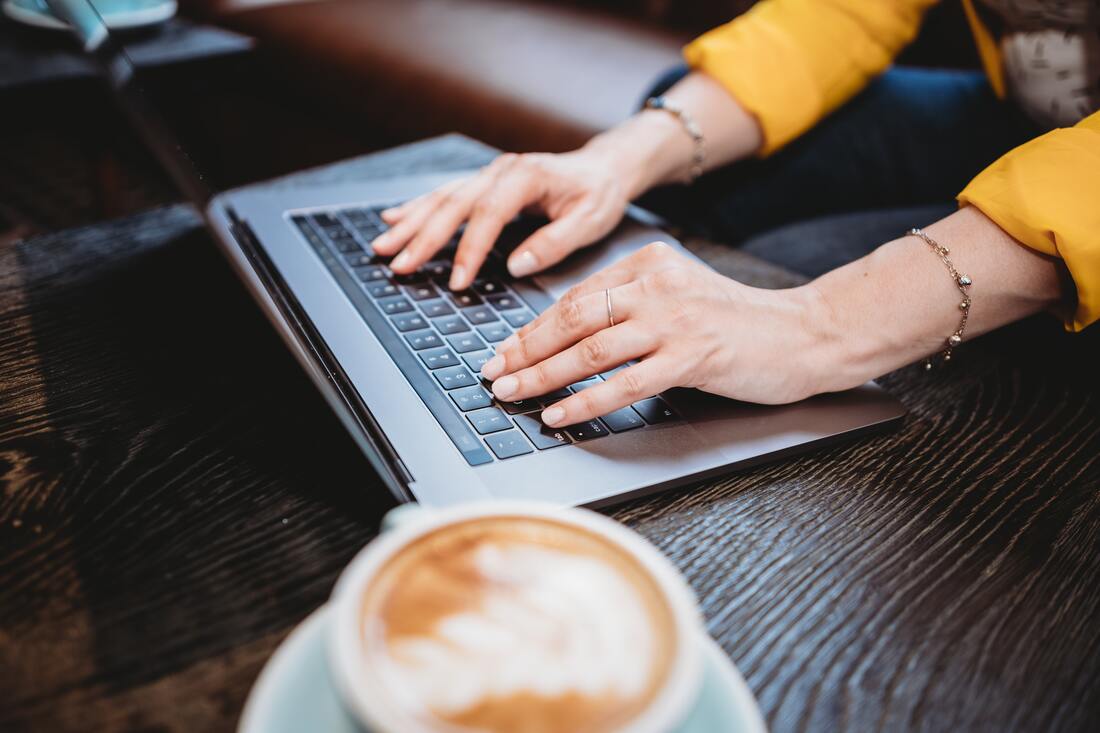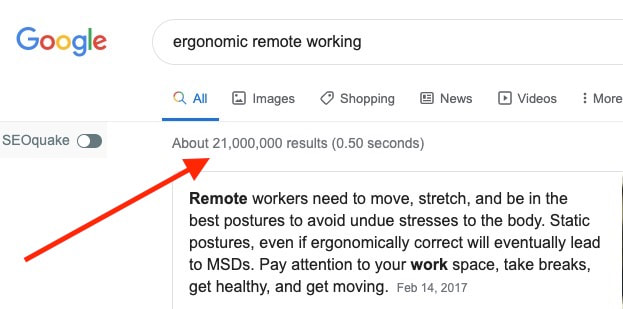|
SEARCH My Blog (Opens in new tab)
Waking with headaches told me that I had to do something differentlyEven though I mostly worked from home before the pandemic, I am now working totally from home. Over the last two months, my neck muscles have felt more and more tense by the end of the day. I've started doing three simple, quick stretches, and now my neck is feeling lighter. That's good news, because I also had light headaches every day, and even waking up with them. I suspected those were tension headaches. Tension headache occurs when muscles of our scalp and neck become tense, such as from tension, stress, fear, or emotions. Right now - with the pandemic - we have all those causes potentially in play. I've rarely had headaches, so I'm no expert on the various types. But one characteristic of tension headaches is that they usually don't worsen with physical activity. That certainly applies me, because I run 4 to 5km every day and I feel better afterwards for a few hours. Here are the 3 simple exercises that helped me relieve my tense neck and clear my headaches. Hopefully, they will do the same for you. They are simple to do and should give you relief in a couple of days - as they did me. One of the activities uses a foam roller, but if you don't have one I've provided a substitute exercise. Why you wake up with a headacheFirstly. Ergonomics. You know the drill, there are (literally) millions of articles since #WFH began - "about 21 million" according to Google. My four top takeaways are the ergonomic advice are these:
Items one and two will minimise neck strain. However, long days exhaust the muscles holding up our head. In giving up, those muscles transfer an excess load to complementary muscles in our lower neck muscles. This, in turn, strains those muscles. When there is a strain or tension in your muscles, this sensation is transmitted to your brain as a message. Our brain will then respond to this message by adding further muscle tightness to the problem area or surrounding areas as a means of protecting skeletal injuries caused by further movement. Our (neck) muscles will then stay contracted or partly contracted for an extended period. Surprisingly, the brain continues to send nerve signals telling the muscle to contract even when the muscle is no longer needed for movement, i.e. when we are asleep. This explains why we wake up with a stiff neck and a "reflected" headache — reflected from the muscles squeezing the nerves in our neck throughout the night. The exercises will relax your muscles and prevent the strain from hanging on. Two exercises that take 3 minutes to relieve your painFirstly, use a heat pack - warmed up as instructed by the manufacturer - and place that around your neck for 5 to 10 minutes. #1 Neck Retractions (Chin tucks) This one is key - and easy. Stand against a wall as flat as you can - heels, butt, shoulders all against the wall:
#2 Roller - Longitudinal and lateral Firstly, with the roller "laterally" across your back, roll gently up to the bottom of your neck and then down to your lower spine. Repeat until you feel a little looser in your spine. Move the roller down to your lower back, and allow yourself to lie gently across it, touching the floor head and feet. Rest on the roller for 60 seconds. Allow it to ease any strain in your lower back caused by sitting for too long. If this hurts, stop. Now, turn the roller "longitudinally" - under your spine. The roller needs to be long enough for you to rest your head on one end, and have it extend from under your lower back at the other. Spread your legs, and use them to balance your spine on the roller. Maintain a neutral spine by pushing down with a little weight through your heels, and making sure that your lower spine is not raised more than a hand-width off the roller. Keep your head in line with your spine. Start with your arms extended down, palms upward, and outwards at 45-degrees from your body. Now, while keeping your hands and elbows in contact with the floor, move your arms slowly outwards and upwards until you find your stretch point. You may find this range of movement puts too much of a strain on your chest or shoulders. So the idea is to just bring your arms back down a little to the point where you feel a comfortable stretch. Hold this position for 60 seconds. This video gives a very complete set of instructions. For those of you who have foam rollers, that's the job done. To summarise - apply the heat pack and do the chin tucks every two hours. Do the roller at the beginning of the day and the end of your day at the desk. If you don’t have a foam roller, do thisIf you don't have a foam roller, here's something that will stretch your shoulders, and you can use your desk.
Doing these exercises regularly has relieved the tension in my neck, and I'm pleased to say that my headaches have faded. Hopefully, they'll do the same for you. Good luck. PS If you are looking for a good interval timer using the Pomodoro technique then I recommend Focus Me. I use the chrome extension and have it set to 25-minutes with a 5-minute break. (Not an affiliate link.) Follow me on Quora for more health and fitness tips.
If you enjoyed this article >> Follow me Leave a comment >> Share it >> Stay healthy If you have any questions email me and I will get back to you. Latest: get your free customised fitness plan designed uniquely for you.
|
ChoicesSince I was diagnosed at 50 with Type 2 diabetes I've been learning how to do bone-building fitness training which lowers my age. You can too. It's your choice. Walter Categories
All
Archives
May 2023
|


 RSS Feed
RSS Feed 


